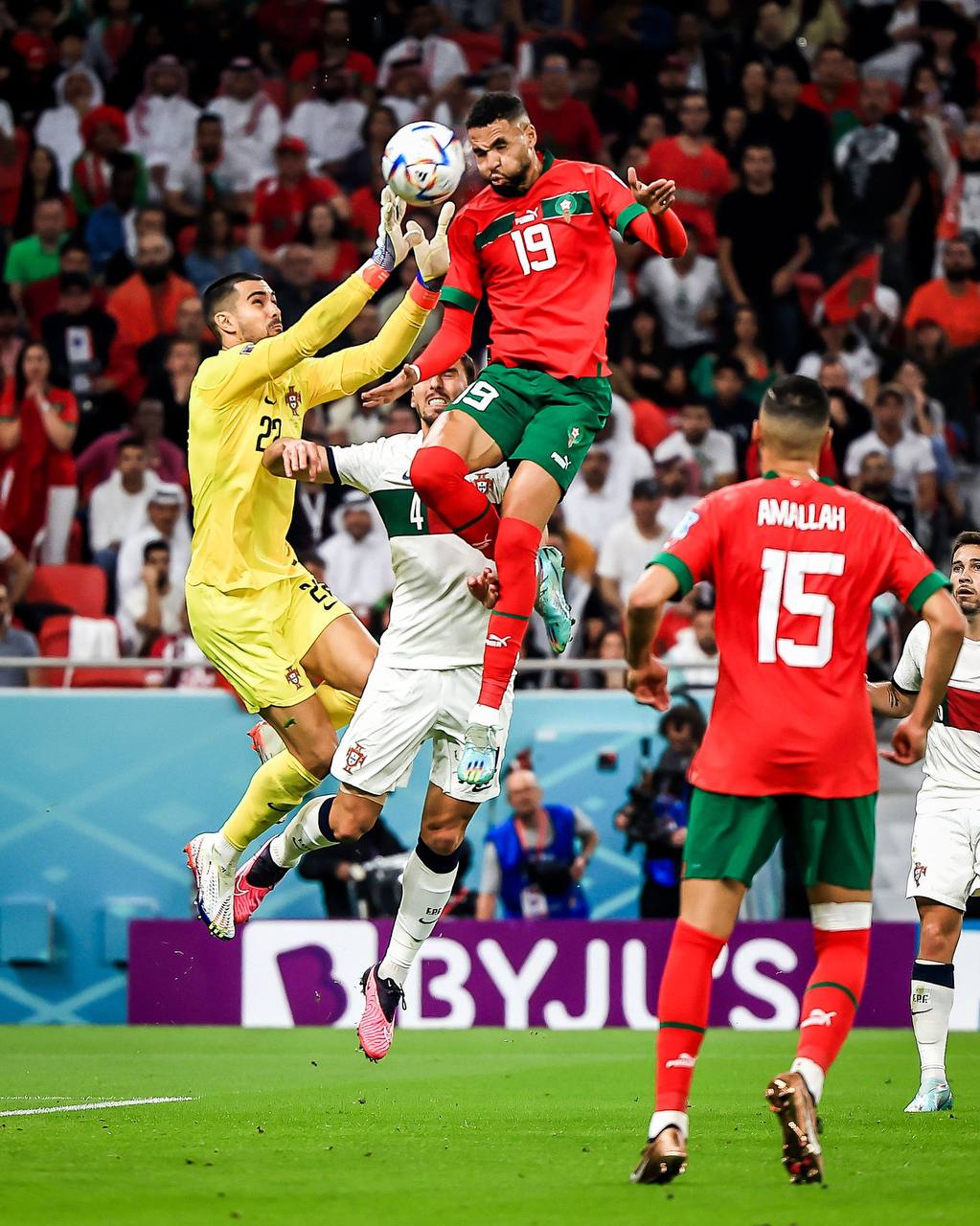It goes without saying that one of the star teams in this year’s world cup has been Morocco. Their ability to wiggle past some of the notable names in the competition has raised attention and the profile of the North African Nation in the global show piece.
In every world cup since 2006 there has always been an African country that has shown class and raised the profile of the continent. In 2010 world cup it was Ghana before Luis Suarez’s controversial handball spoiled their chances that was made worse by the penalty miss by Asamoah Gyan.
The “sudden” rise of Morocco as football giants has not been an overnight thing as many think it is. Their story has been one of calm on the surface by a lot of puddling going on under the water. This notion is true on account of the infrastructure development and the organization of the football structures that make it possible for talent identification and commercialization of the football league.
One of the key investment areas in the football scene in Morocco has been a deliberate focus on development of world class facilities in the country. This has in turn ensured that most of the players have the motivation and every reason to give their best when they are playing football.
Morocco boasts one of the biggest and state of the art football facilities in the continent. The King Mohamed VI complex houses the state of the art facilities that include a gym, swimming pool and a number of training grounds for the National team and medical wing that ensures the form of players is monitored and take care of.
Apart from the state of the art facilities the Royal Moroccan football federation has managed to professionalize the league to be lucrative for most sponsors to plug in the league. This has been done by creating a elaborate broadcasting rights of Botola which is the top tier league and Botola 2 which is the second division league.
One of the ripple effects of the broadcasting of the games is the development of a loyal fan base that seen football fans develop a sense of identity and loyalty to their teams. The love for Morocco fan base has been well captured in the 18 major stadiums in the country. The biggest stadium in the country has a capacity of 67,000 while the lowest stadium has a capacity of 10,000 people. All this point to a deliberate plan to not only give the fans an opportunity to support their teams but to also capitalize on their loyalty through the sale of club merchandize.
The other important dimension that has been important in the development of football in the nation is the focus on the youth academy to help identify and nurture new talents.So far the academy has produced talented players who are either playing in the domestic league or playing abroad. Perhaps, some of the notable graduates of the academy include Azzedine Ounahi, Nayef Aguerd and Youssef En-Nesyri who scored the decisive goal in their game against Portugal that booked the team a slot in the semifinal of the tournament.
The exemplary performance of the team on the global stage is just a beginning of what the world is yet to see about the investment that the country has put in football. In August 2020 at the height of the COVID-19 pandemic the Royal Moroccan Football Federation launched the 4 year women’s football development plan to help improve the development of women football in the country.
Given what the men’s team have been able to do in this year’s competition one can only expect the profile of the team in the global stage to continue rising. Hopefully to act as a motivation to other African nations to follow suit in competing for the world cup title.
Copyright©2022 kick442.com
All rights reserved. This material and any other digital content on this platform may not be reproduced, published, broadcast, written, or distributed in full or in part, without written permission from our management.
This site is not responsible for the content displayed by external sites
